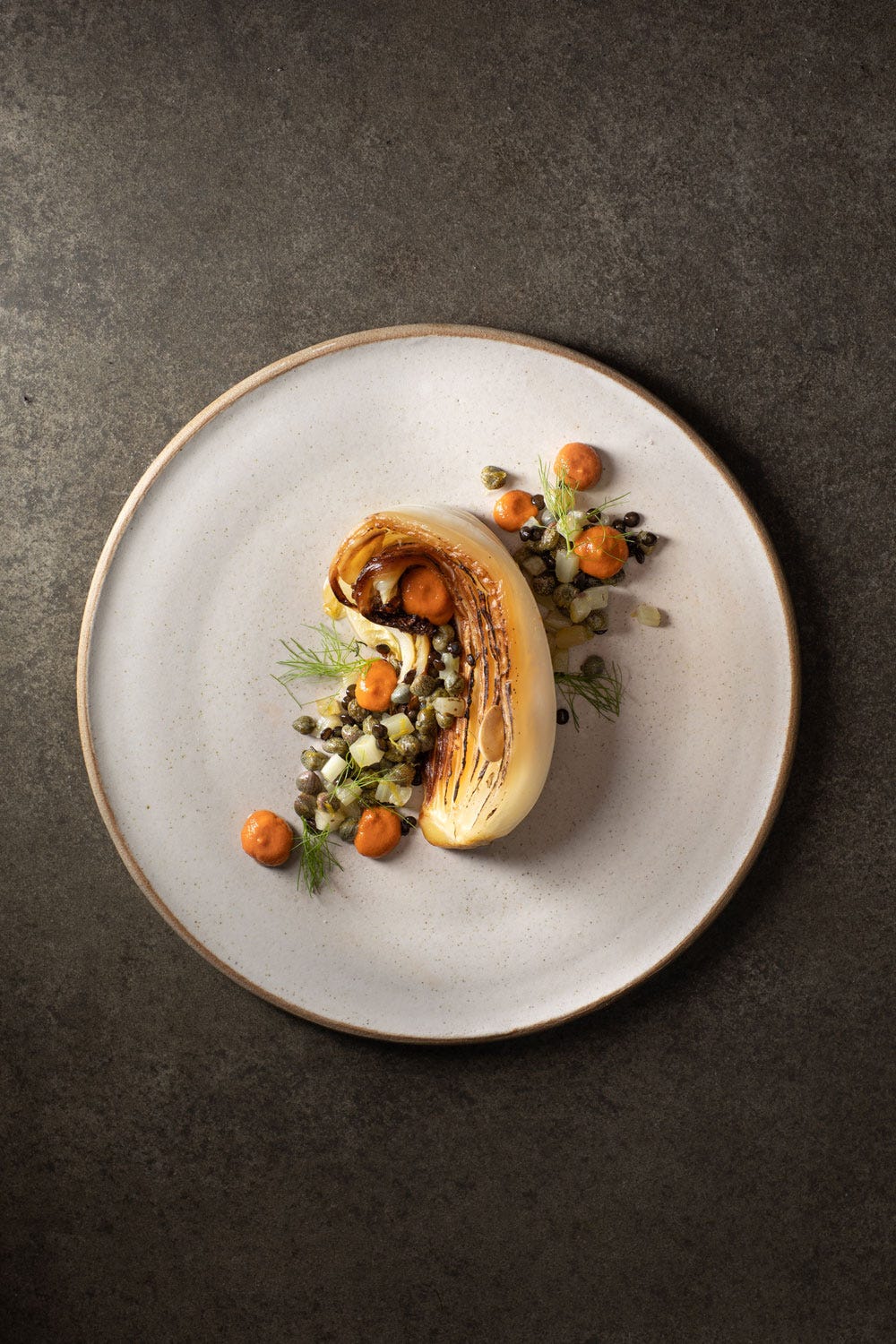Paradiso
Paradiso food exists only in Paradiso

If you want to eat the cooking conceived and cooked by Denis Cotter and his team, then you have to make your way to the simple room on Cork’s Western Road, where Cotter has served superlative food for three decades, without ever utilising animal products in his dishes.
No one else, nowhere else, cooks anything like Paradiso food. This extraordinary USP h…
Keep reading with a 7-day free trial
Subscribe to The Irish Stew to keep reading this post and get 7 days of free access to the full post archives.

